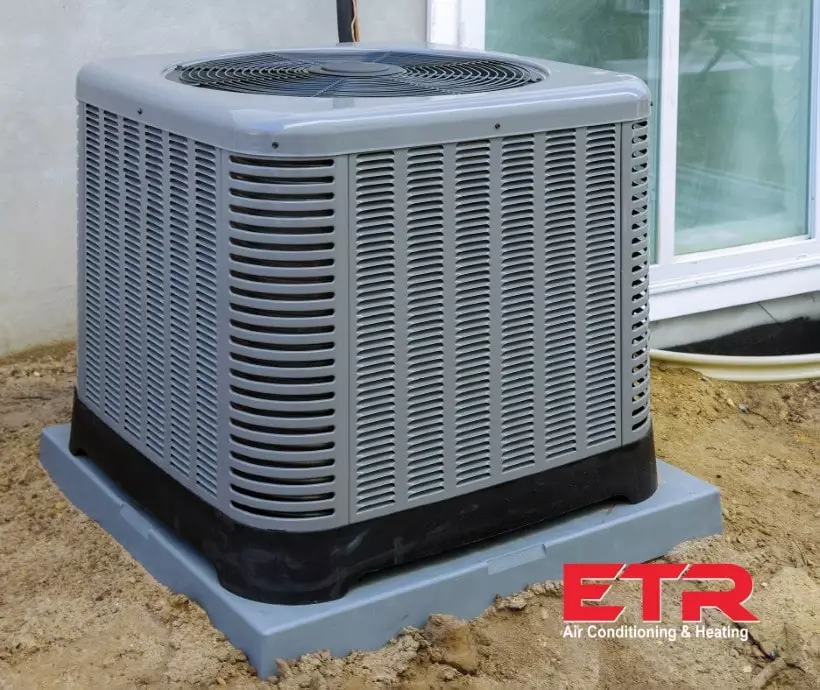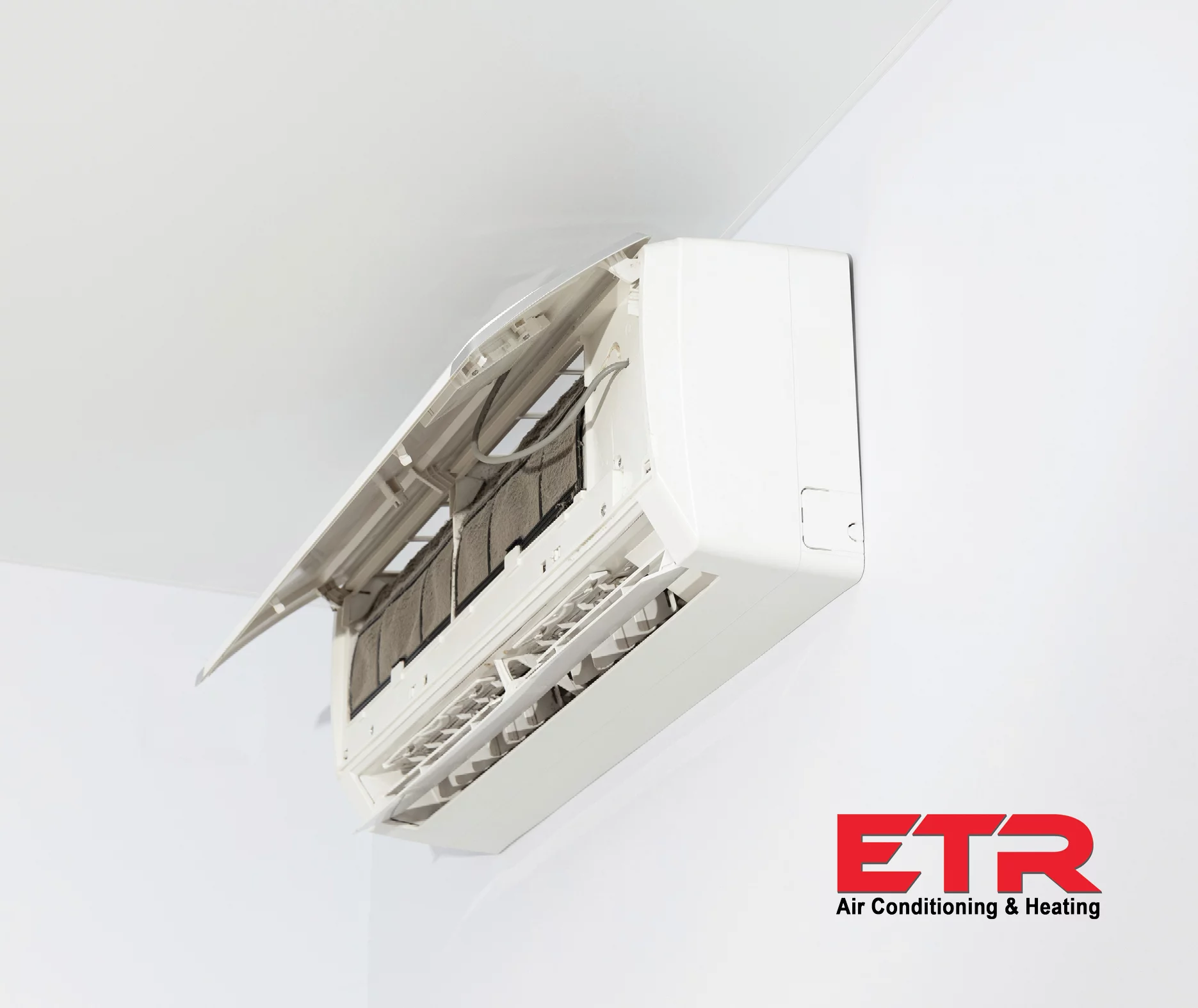
HVAC Glossary: Terms Every Homeowner Should Know
Trying to maintain your home’s HVAC system can seem like an overwhelming number of acronyms, complex hardware, and odd units of measurement. Learning some of the lingo involved in HVAC maintenance can help you understand your system a bit better, so you can know what exactly you’re using in your home (and hopefully even save money by understanding how certain parts work). It’s never recommended to try to do maintenance or make repairs on your own, there are professional HVAC maintenance programs for just that. But if you find that you do need an air conditioner repair at some point, knowing some of these terms will help you make sure you are getting the best work and equipment for your home (or, at the very least, it’ll be fun to quiz your mechanic’s HVAC vocabulary knowledge).
AHRI (Air Conditioning, Heating and Refrigeration Institute): The AHRI is a product performance certification program trade association that develops standards for producing and measuring quality heating, ventilation, air conditioning, refrigeration, water and heating equipment and products. AHRI certification is important to look out for when equipping your home’s HVAC hardware.
AFUE (Annualized Fuel Utilization Efficiency): This acronym describes the measure of how efficiently your furnace can utilize its fuel. The higher percentage your AFUE is, the more efficiently your fuel is being used, and the remainder is the fuel that is wasted due to energy lost in the combustion process.
Air Handler: This is the indoor half of your air conditioning unit that moves air or heat throughout the ducts of your home.
Bioaerosols: These are the airborne particles that you would find out in nature from other living organisms – pollen, pet dander, bacteria, etc. Air purifiers can be used as a means of reducing allergens in your home.
British Thermal Unit: Much of our HVAC system is measured with the British metric system. British Thermal Units or BTUs measure the amount of energy it requires to heat or cool something. One BTU is the amount of heat necessary to raise the temperature of one pound of water by one degree Fahrenheit.
Carbon Monoxide: Although carbon monoxide is a commonly discussed compound, we all could use a little refresher from our sophomore chemistry class. Carbon monoxide, or CO, is a colorless, odorless, and tasteless, poisonous gas. Due to its sneaky nature and its adverse effect on your household’s health, carbon monoxide detectors are a must have in your home.
Central Air Conditioning: Central AC is just as it sounds, it’s the main hub which air is cooled in your home and then distributed to other parts of your house.
Coil: Also known as an evaporator coil, works as a heat exchanger. The coolant travels through the coils, which absorbs heat, making your house feel nice and cool.
Combined Annual Efficiency (CAE): Taking your AFUE into account, your CAE measures the amount of heat that is produced for every dollar of fuel used to heat the air and water in your home.
Compressor: Part of the condensing unit that increases the pressure (compresses) of refrigerant and keeps it pumping. This pumping motion keeps cool, liquid refrigerant moving to meet household cooling requirements.
Condenser: The outdoor mechanism of your AC unit that collects or releases heat.
Cubic Feet Per Minute: Another metric measurement that measures the velocity and volume at which air flows in or out of a space.
Decibel (dB): Unless you or someone you know has a hearing loss, you may not have heard of this term, which is a unit of measurement for sound based on volume and frequency. You may see dB in reference to older HVAC hardware that produces more noise.
Department of Energy: A federal agency which monitors the consumption of energy and sets industry energy efficiency standards for all HVAC hardware manufactured in the U.S.
Ductwork: This refers to the ducts in your home used to distribute airflow from your heating and cooling system to the rest of your home.
Energy Efficient Ratio (EER): The EER is the ratio between cooling capacity (in BTU per hour) to the power input measured in watts.
Environmental Protection Agency (EPA): We love our planet so much that we have the EPA, a federal agency that oversees and develops environmental regulations, creating standards and laws that promote the health of individuals and our environment.
Fan Coil Unit (FCU): A device that uses a system of coils and fans to heat or cool a room without connecting to your home’s ductwork. This is a less expensive option than a ducted system.
Gas Furnace: A bit more self-explanatory, but we’re covering all bases here. A gas furnace works by converting natural gas or propane into heat to heat your home.
Grid-Tie Inverter Solar System: Solar power is becoming the poster child of renewable energy. The Grid-Tie Inverter Solar System is the most common and least expensive of the residential solar-powered systems.
Heat Pump: Part of the HVAC unit that heats or cools by transferring heat by either drawing heat from outside to warm the home or releasing indoor heat outside to cool the home.
Humidifier: A device that adds moisture into your home’s indoor air.
HVAC: HVAC is the general acronym that stands for Heating, Ventilation and Air Conditioning.
HVAC/R: A variation of HVAC, including Refrigeration.
HVAC Zoning System: An HVAC system that uses a dampening system in the ductwork to redirect air to specific areas of the home.
MERV (Minimum Efficiency Report Value): A standard rating method for comparing the efficiency of an air conditioning filter. The higher the MERV rating, the more efficient the air filter is at removing airborne particles.
Micron: A tiny unit of measure equal to one-millionth of a meter or 1/25,000 of an inch. Used to measure airborne particles in your home.
NATE (North American Technician Excellence): A national certification that technicians and skilled professionals must complete. As stated in the name, you only want excellent HVAC mechanics working in your home.
Oil Furnace: Part of the HVAC system that converts oil (similar to diesel) into heat for the home.
Programmable Thermostat: A thermostat that can adjust the temperature in your home according to a pre-set schedule.
Refrigerant: A liquid chemical used in air conditioners, heat pumps, and refrigerators to transfer heat in or out of a given space. This fluid boils at low temperatures, allowing it to evaporate and absorb heat.
Scroll Compressor: A specially designed compressor that moves in a circular motion compared to the usual up-and-down piston action.
SEER (Seasonal Energy Efficiency Ratio): A more common acronym than its EER predecessor. SEER is an informative measure of seasonal or annual efficiency of an air conditioning unit. It takes into account temperature variations from season to season. It’s measured by the average number of BTUs per hour of cooling capacity for every watt of energy used by your AC.
Split System: A split combo on an outdoor AC or heat pump unit with an indoor furnace or air handler unit. Split systems are becoming one of the most common types of system installed in homes because of their optimal efficiency.
Thermostat: A series of sensors that monitor and control the functions of your heating and cooling system.
Ton: One last metric measurement to note; a ton is a unit of measure for determining cooling capacity. One ton equals 12,000 BTUs per hour.
Ventilator: Not only found in hospitals, a ventilator takes stale, recirculated air from inside your house and replaces it with fresh, filtered outdoor air.
After reading this list, you are hopefully feeling a bit more well-versed in the world of HVAC vocabulary. Happy homing.








